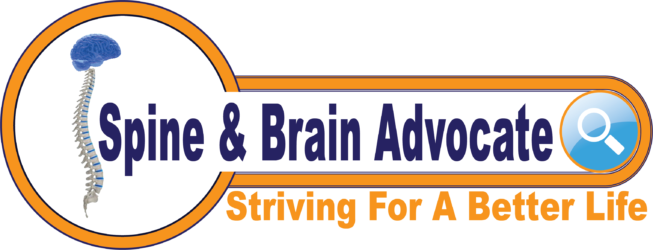Myalgic Encephalomyelitis (ME/CSF) and Craniocervical Abnormalities
Some ME/CSF patients may have undiagnosed cervical spine and brain abnormalities. Below are a few examples of studies indicating a detailed evaluation of hypermobility, intracranial hypertension and craniocervical obstruction in ME/CSF patients is necessary.
Study Results 2020: Clinical evidence for cervical myelopathy due to Chiari malformation and spinal stenosis
The pathophysiology of myalgic encephalomyelitis/chronic fatigue syndrome (ME/CSF) is unknown.
The ME/CSF patients that participated in the study, 83% were women and the mean age was 44-45 years. The mean duration of ME-related symptoms was approximately 9 years. Hypermobility was identified in 50% patients, 55% had an increased ONSD, including 32% who had values indicating severe states of intracranial hypertension, 56% had cerebellar tonsils protruding into the foramen magnum, 80% had craniocervical obstructions, allodynia (nerve pain) was found in 96% participants,
Conclusion: Compared to the general population, ME/CSF patients have a significant overrepresentation of signs and symptoms of intracranial hypertension, hypermobility and craniocervical obstructions. These signs might explain some of the major clinical signs and symptoms of ME/CSF such as brain fog, fatigue, orthostatic intolerance, PEM, preference for the supine position, widespread pain, CNS neuroinflammation, immunological reactivity and autoimmunity mechanisms. Reference
Medical Investigation
- Hypermobility assessment such as the Beighton core
- MRI Brain with craniocervical junction ruling out conditions such as Chiari malformation, disease of the brain parenchyma, empty sella and optic nerve sheet diameter (ONSD/eyeball transverse diameter on both sides)
- Dynamic uMRI cervical spine and craniocervical junction in neutral, flexion and extension positions (or supine MRI cervical spine and craniocervical junction, if dynamic MRI is not available ruling out Chiari malformation, stenosis and craniocervical junction measurement abnormalities
Conservative Management Suggestions*
(*discuss options with your treating physicians before trying the following suggestions)
- Exercise i.e.Walking, aquafitness or walking in water (the pressure of the water pushes more blood up and into the brain) at least 30 minutes a day
- Drink enough water daily (i.e. 11 cups daily for women and 15 cups for men)
- Daily gentle neck stretches in the morning and nighttime as recommended by a PT or Upper Cervical Chiropractor
- Proper Body Postures as recommended by an Occupational Therapist
- Upper Cervical Chiropractic NUCCA, Atlas-Orthogonal or Blair
- Physiotherapy (PT)
- Diet – Eat foods that improve brain health like 1 cup berries, leafy greens, walnuts, pumpkin seeds, omega-3, tumeric, coconut and avocados.
- Talk to your physician about appropriate surgery options
References:

